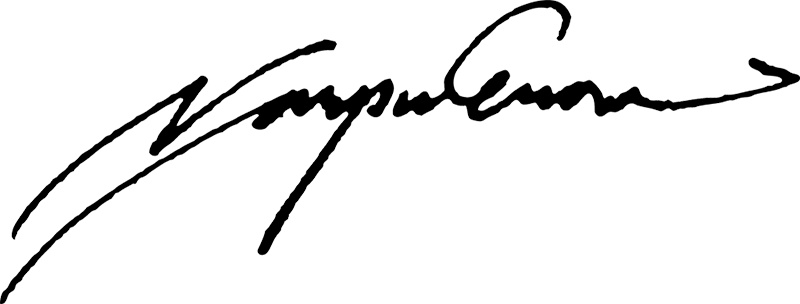Vieras maa -teossarjan lähtökohta on aineistossa, jota äitini suvun naiset ovat säilyttäneet 1800-luvun lopulta lähtien. Nurmeksen pappilan Roosien reseptit, kirjeet ja almanakat kertovat menneestä elämästä konkreettisella, mutta usein käsittämättömällä tavalla. Menneisyys on vieras maa, jonka tavat ovat meille tuntemattomat.
Taiteen kautta pyrin luomaan sukuni menneisyyden ja oman nykypäiväni välille suhteen, jonka avulla voin sekä syventää ymmärrystäni menneisyydestä että nähdä oman aikani toisin. Jotain jää silti aina käsittämättä.
Voin opetella valmistamaan liimalankaa ruustinna Mamman, Amalia Roosin ohjeen mukaan, mutta en osaa kuvitella, mihin sitä käytettiin. Tai todellako näkkileipäohjeessa kehotetaan sipaisemaan leipiä siivellä? Vuodenkierron mukaan eläminen ja melkein kaiken tarvittavan itse valmistaminen näkyvät selvästi Roosien kirjoituksissa, mutta myös uuden, teollistuvan maailman ihailu.
Osa teoksistani on saanut alkunsa niistä harvoista yhtymäkohdista, joita löydän itsensä ja Amalia Roosin väliltä, kuten äitiys ja rakkaus kasveihin. Myös 1800-luvun maailmassa itsestäänselvä omavaraisuus ja kaiken uudelleen käyttäminen inspiroivat minua taiteilijana. Käytän töissäni itse valmistamiaan kasvimusteita ja luonnonkuituja sekä kierrätän mieluummin kuin ostan uutta.
................................................
................................................
Foreign Country series is inspired by an archive the women from my mother's side have kept from the late 1800's. The recipes, letters and journals of the Roos family living in a parsonage in Nurmes, Eastern Finland tell me about the past in ways that are very particular but often inexplicable. The past is a foreign country; they do things differently there.
By making art I try to form a bond between those who came before me and my perception of my own time. By doing this I aim to deepen my understanding of the past and to see my own time differently. Something always slips through the cracks, though.
I can learn to make glued thread with the recipe of my great grandmother's grandmother Amalia Roos ("Mamma"), but I have no idea how she used it. And is the recipe for knäckebröd really telling me to sweep the bread with a wing? Living by the change of the seasons and making nearly everything you need by yourself are things that I can learn from Amalia's writings, but I know they also idealized the new industrial world.
Some of my pieces come from the few similarities I can find between myself and Amalia Roos, such as motherhood and our love for plants. The resourcefulness of the era also inspires me. I use self-made botanical dyes and inks and plant fibres in my work and I aim to recycle as much as I can before I buy something new.
